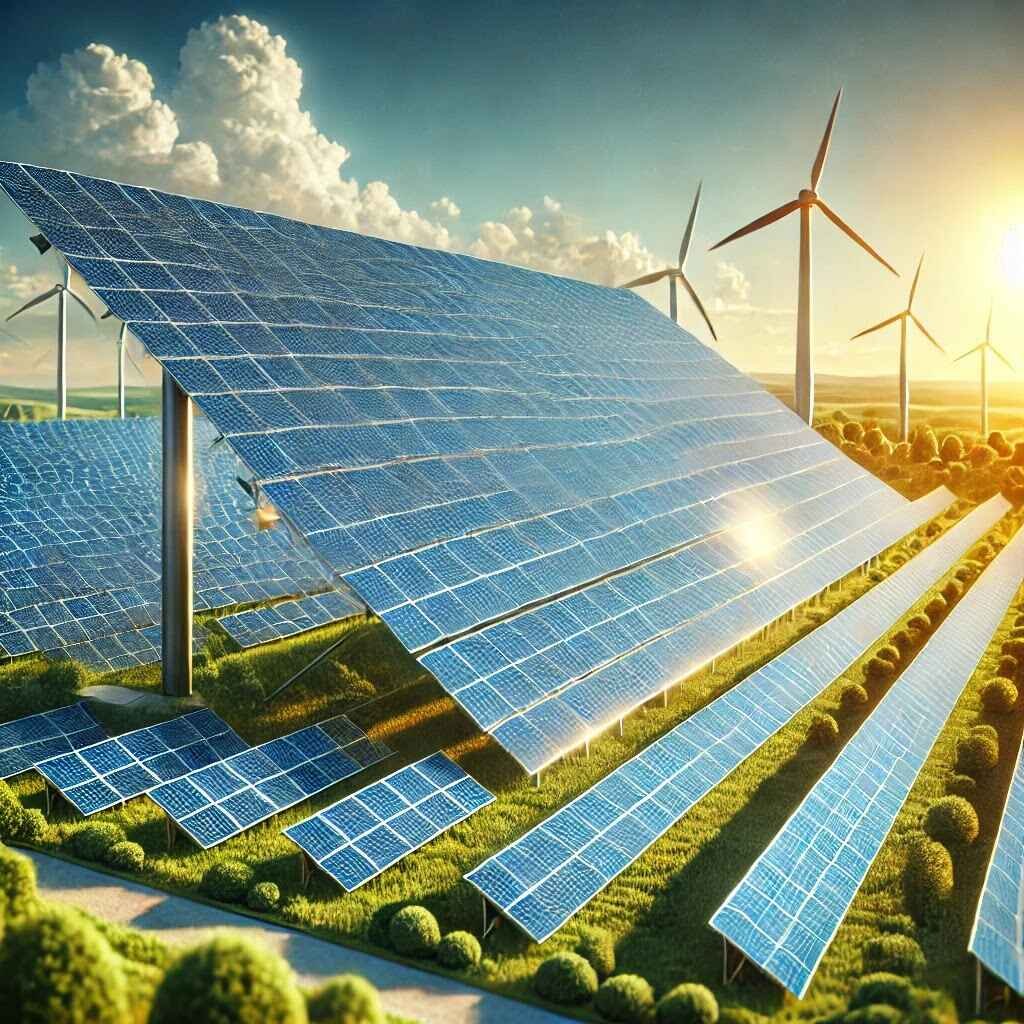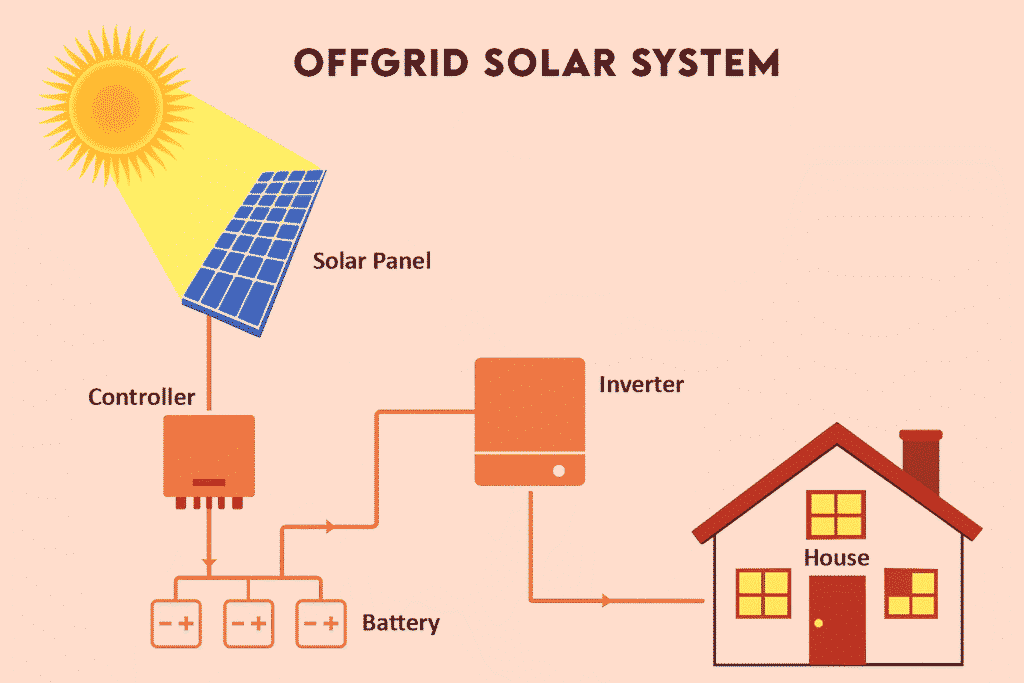With solar power becoming more popular every day, many homeowners, engineers, and businesses are turning to solar systems to cut electricity bills and embrace clean energy. But one of the biggest questions people face is:
“How are different solar systems wired, and which connection type should I choose?”
In this guide, we’ll break down the electrical connections behind the three main types of solar power systems:
On-Grid
Off-Grid
Hybrid
Let’s explore how they work, how they’re connected, and which one might be the best fit for you.

1. On-Grid Solar System (Grid-Tied)
What it is:
An on-grid system connects your solar panels directly to the public electricity grid. It doesn’t require batteries.
Main Components:
- Solar Panels
- Inverter
- Net Meter
- Utility Grid
Electrical Connection:
- Solar panels convert sunlight into DC electricity.
- The inverter changes DC into usable AC electricity.
- AC power flows to your home to power appliances.
- If excess energy is produced, it goes through a net meter to the utility grid.
- At night or on cloudy days, you pull energy back from the grid.
Key Benefit:
You save on electricity bills and can earn credits through net metering.
Best For:
Homes and businesses in areas with reliable grid access.

2. Off-Grid Solar System
What it is:
An off-grid system operates independently of the utility grid. It stores solar energy in batteries for use day and night.
Main Components:
- Solar Panels
- Charge Controller
- Battery Bank
- Off-grid Inverter
- Load (Home appliances)
Electrical Connection:
- Solar panels produce DC electricity.
- The charge controller regulates current going to the battery.
- Batteries store power for later use.
- The off-grid inverter converts battery DC into AC for home use.
- All appliances run directly from the battery-fed inverter.
Key Benefit:
Total energy independence—ideal for remote or rural areas.
Best For:
Places without stable grid access or for users who want complete energy self-sufficiency.

3. Hybrid Solar System
What it is:
A hybrid solar system is the best of both worlds—it connects to the grid and includes battery storage.
Main Components:
- Solar Panels
- Hybrid Inverter
- Battery Bank
- Net Meter
- Utility Grid
Electrical Connection:
- Solar panels send DC electricity to a hybrid inverter.
- The inverter charges the batteries and powers the house.
- Excess energy is stored in batteries first, then exported to the grid.
- During outages or low sunlight, your home draws power from batteries or the grid.
Key Benefit:
Reliable backup power and optimized energy usage—store solar power and sell the rest.
Best For:
Areas with frequent power cuts or users who want energy security + savings.

Quick Comparison Table
| Feature | On-Grid | Off-Grid | Hybrid |
|---|---|---|---|
| Grid Connection | ✅ Yes | ❌ No | ✅ Yes |
| Battery Storage | ❌ No | ✅ Yes | ✅ Yes |
| Net Metering | ✅ Available | ❌ Not applicable | ✅ Available |
| Power Backup | ❌ No | ✅ Yes | ✅ Yes |
| Ideal For | City homes | Remote areas | Urban + outage-prone areas |
Final Thoughts
Choosing the right solar connection depends on your location, lifestyle, energy needs, and goals. Whether you’re aiming to reduce your electricity bills, gain energy independence, or ensure backup during outages—there’s a solar system for you.
